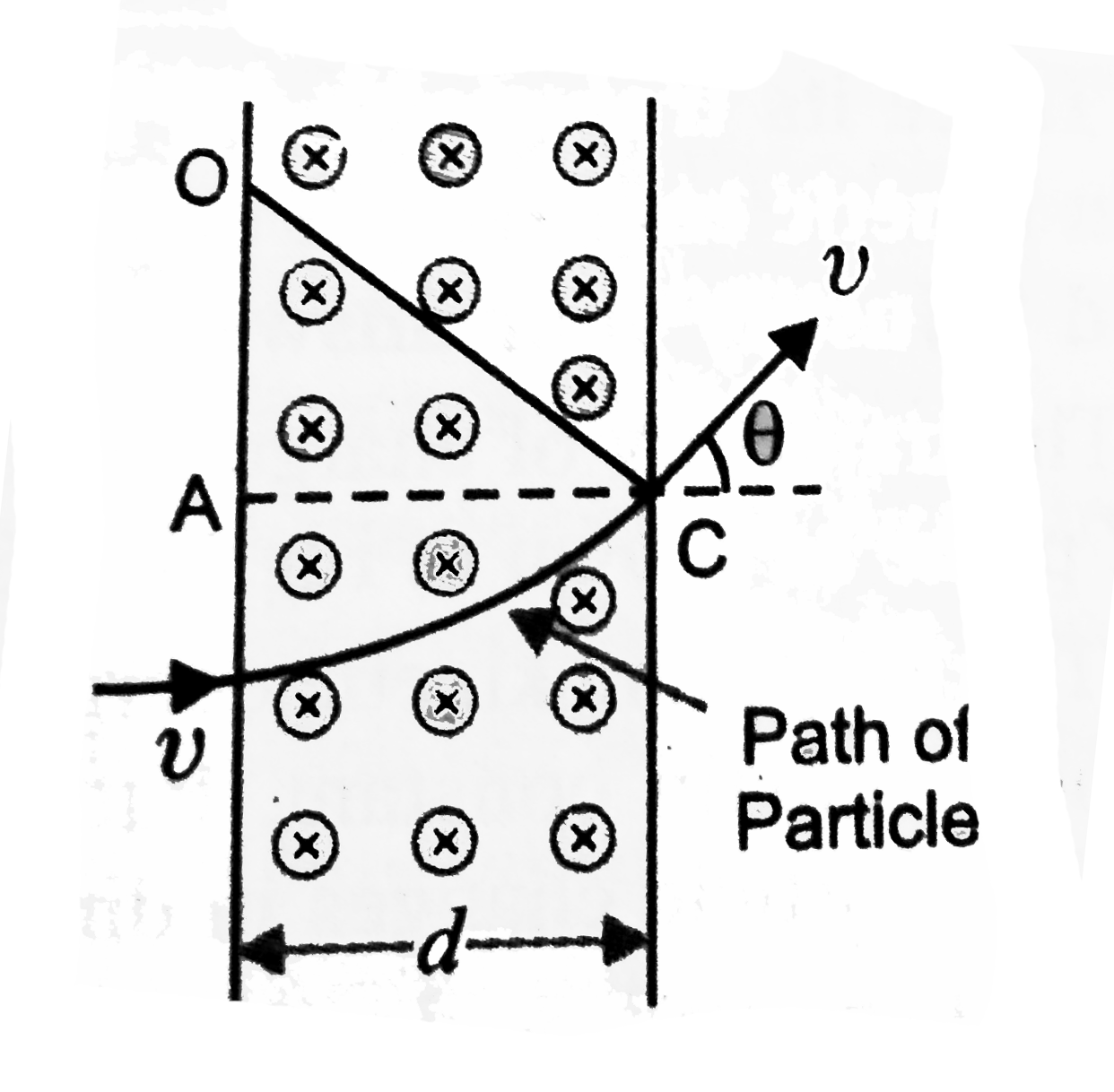Find the ratio of radii of the circle covered by a proton and particles when both enter same uniform magnetic field perpendicularly with same kinetic energy
We know that
It K and B are constant, then r is directly proportional to square root of m and inversely proportional to q.
mass of proton , mass of alpha particle , charge on proton , charge on alpha particle . Ratio of radius
Similar Questions
A stream of protons and α-particle of equal momenta enter a unifom magnetic field perpendicularly. The radii of their orbits are in the ratio
View SolutionAn electron and proton enter a uniform magnetic field perpendicularly. Both have same kinetic energy. Which of the following is true?
View Solution
Knowledge Check
- Question 1 - Select One
A stream of protons and α-particle of equal momenta enter a unifom magnetic field perpendicularly. The radii of their orbits are in the ratio
A1:1B1:2C2:1D4:1 - Question 2 - Select One
An electron and proton enter a uniform magnetic field perpendicularly. Both have same kinetic energy. Which of the following is true?
ATrajectory of electron is less curvedBTrajectory of proton is less curvedCBoth trajectories are equally curvedDBoth move on straight line path - Question 3 - Select One
An electron and a proton have equal kinetic energies. They enter in a magnetic field perpendicularly, then
ABoth will follow a circular path with same radiusBBoth will follow a helical pathCBoth will follow a parabolic pathDAll the statements are false
An electron and a proton have equal kinetic energies. They enter in a magnetic field perpendicularly, Then
View SolutionA proton and an alpha particle are projected in a perpendicular magnetic field B which exists in a region of width d, figure. Find the ratio of the sines of angles of deviation suffered by the proton and the alpha particle if before entering the magnetic field both the particles (i) have the same momentum (ii) have the same kinetic energy.
 View Solution
View SolutionAn electron and a proton enter a magnetic field perpendicularly. Both have same kinetic energy. Which of the following is true
View SolutionA proton, a deuteron and an α particle are accelerated through same potential difference and then they enter a normal uniform magnetic field, the ratio of their kinetic energies will be
View SolutionA proton , a deuteron and an α-particle enter a magnetic field perpendicular to field with same velocity. What is the ratio of the radii of circular paths ?
View Solution
